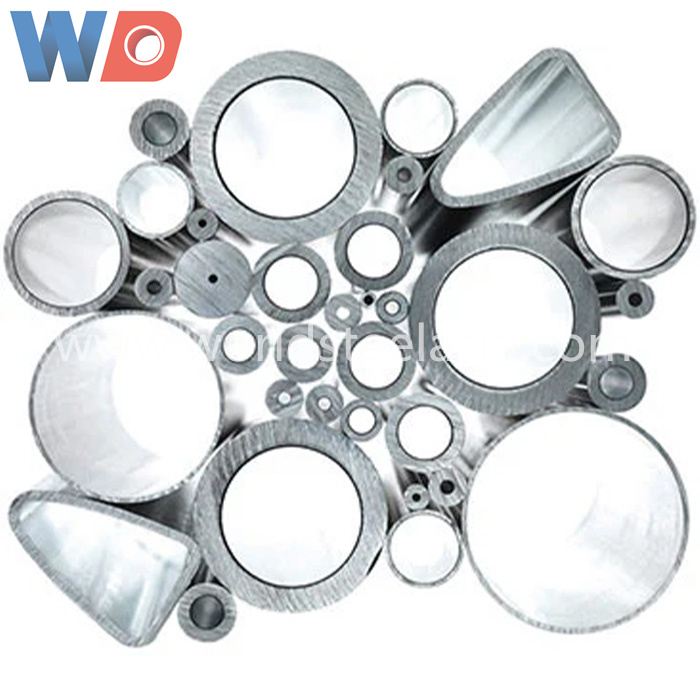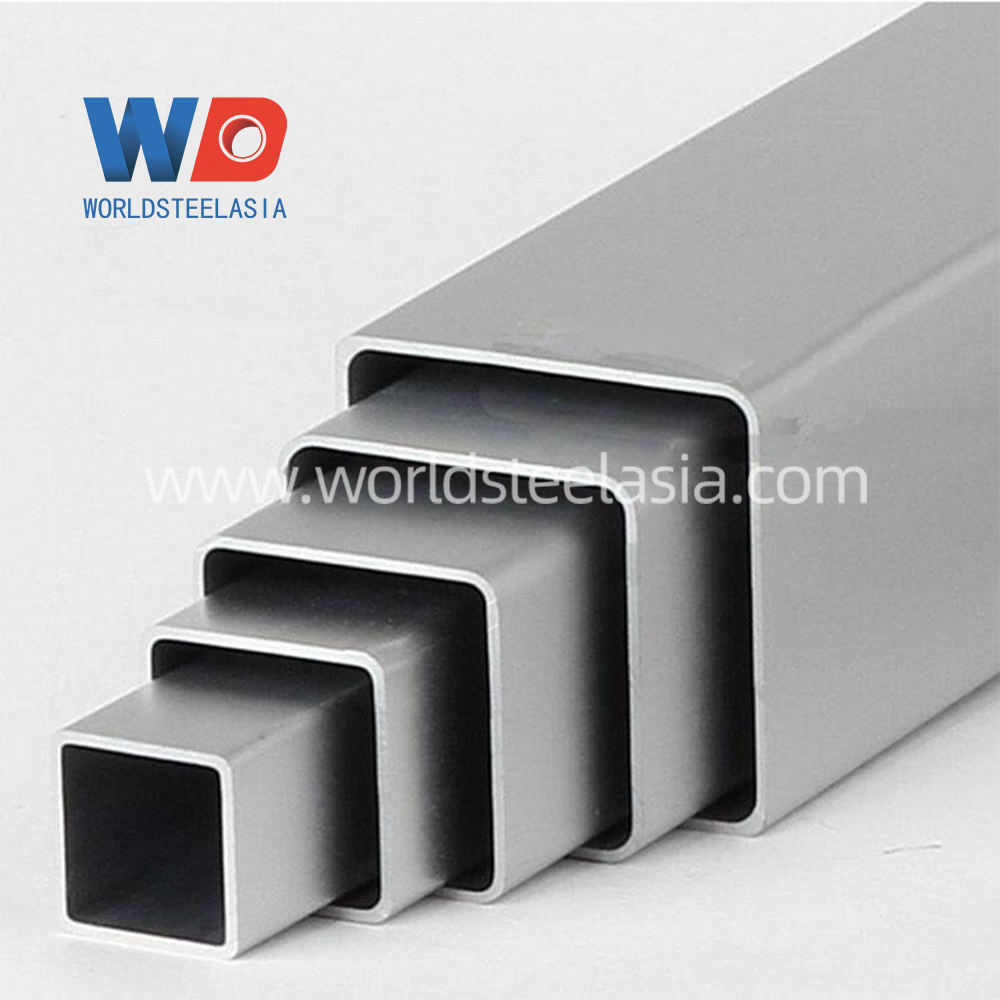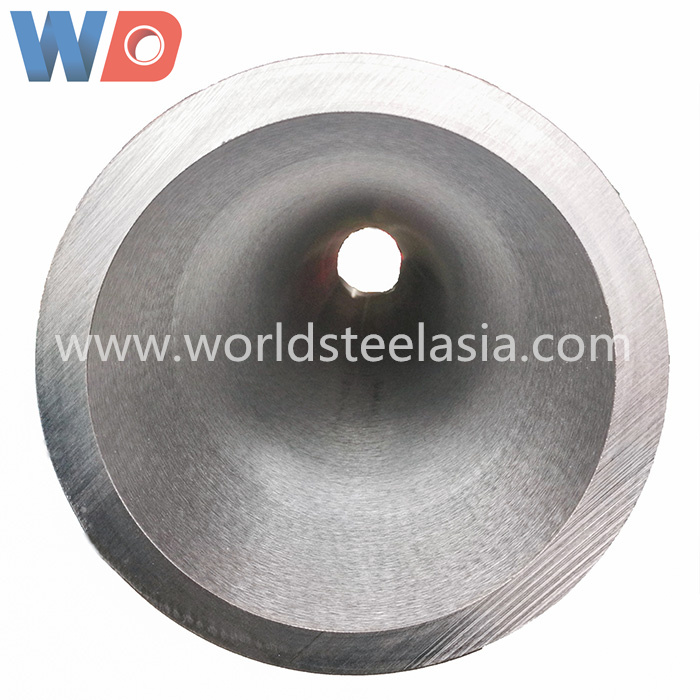Analysis of Element Composition, Mechanical Properties, Applications, and Advantages of A286 Nickel-Based Alloy
A286 nickel-based alloy is a high-strength austenitic stainless steel commonly used
in high-temperature applications due to its excellent high-temperature mechanical
properties and corrosion resistance. This article will provide a detailed discussion of the
element composition, application areas, and primary advantages of A286 nickel-based alloy.
I. Element Composition of A286 Nickel-Based Alloy
A286 nickel-based alloy is primarily composed of nickel, chromium, iron, and other elements.
Its specific chemical composition is as follows:
- Nickel (Ni): Approximately 24-27%
- Chromium (Cr): 13.5-16.0%
- Iron (Fe): Balance
- Titanium (Ti): 1.9-2.35%
- Molybdenum (Mo): 1.0-1.5%
- Aluminum (Al): 0.35%
- Vanadium (V): 0.10-0.50%
It also contains trace amounts of boron (B), carbon (C), manganese (Mn), silicon (Si), and phosphorus (P).
The high nickel content imparts excellent corrosion resistance and oxidation stability to the alloy.
The addition of titanium, aluminum, and vanadium further enhances its resistance to creep and
high-temperature performance.
II. Mechanical Properties of A286 Nickel-Based Alloy
A286 nickel-based alloy is a high-strength, high-temperature alloy with good mechanical properties.
The following are the general mechanical properties of A286 nickel-based alloy:
1. Tensile Strength: The tensile strength of A286 nickel-based alloy typically ranges from 850 to
1300 megapascals (MPa), indicating its high strength and the maximum strain it can withstand
under tensile stress.
2. Yield Strength: The yield strength of A286 nickel-based alloy typically falls between 550 and
1000 MPa, representing the stress level at which plastic deformation begins during loading.
Yield strength is the material's elastic limit, beyond which visible plastic deformation occurs.
3. Elongation: The elongation of A286 nickel-based alloy generally ranges from 15% to 25%.
Elongation measures the extent of plastic deformation a material can withstand before fracturing,
indicating good ductility and toughness.
4. Hardness: A286 nickel-based alloy typically exhibits a hardness of 30 to 40 Rockwell hardness (HRC).
Hardness measures a material's resistance to localized plastic deformation and scratching,
influencing its machinability and scratch resistance.
5. Elastic Modulus: The elastic modulus of A286 nickel-based alloy usually ranges from 190 to 210
gigapascals (GPa). The elastic modulus indicates the extent of deformation a material undergoes
under stress, with a higher modulus indicating less shape change under load.
These mechanical property values are general data for common A286 nickel-based alloy materials
and may vary depending on the specific manufacturer, heat treatment state, and processing methods.
Therefore, in specific engineering applications, it is advisable to refer to specific material specifications
and technical data for accurate mechanical property information.
III. Application Areas of A286 Nickel-Based Alloy
Thanks to its outstanding performance, A286 nickel-based alloy finds wide applications in various
industrial sectors, including:
1. Aerospace: A286 nickel-based alloy is highly regarded in the aerospace industry, especially in the
manufacturing of high-temperature and high-pressure components for supersonic aircraft,
aircraft engines, turboprops, rocket engines, and aviation turbines.
2. Automotive Industry: In the automotive industry, A286 nickel-based alloy is used to manufacture
high-performance engine components such as turbine housings, exhaust valves, and more.
3. Oil and Gas Industry: In the oil and gas industry, A286 nickel-based alloy is employed for various
corrosion-resistant and high-temperature equipment and components, including downhole tools,
petroleum pipelines, and more.
4. Power Generation Industry: In the power generation industry, A286 nickel-based alloy is commonly
used for high-temperature and high-pressure equipment and components, including fuel rods for
nuclear reactors, steam turbines, and more.
IV. Advantages of A286 Nickel-Based Alloy
The main advantages of A286 nickel-based alloy include:
1. High-Temperature Performance: A286 exhibits excellent high-temperature stability and oxidation
resistance, allowing it to operate at temperatures ranging from 650 to 700°C while maintaining good
mechanical properties.
2. Creep Resistance: A286 nickel-based alloy has outstanding creep resistance, enabling it to maintain
its shape and dimensions in high-temperature and high-pressure environments.
3. Corrosion Resistance: A286 nickel-based alloy has good corrosion resistance and can withstand
various corrosive environments, including saltwater, acids, and alkalis.
4. Wide Range of Applications: Due to its excellent properties, A286 nickel-based alloy is used in
multiple industrial sectors, including aerospace, automotive, oil and gas, and power generation.
5. Good Welding Properties: A286 nickel-based alloy exhibits good welding properties and can be
processed using various welding techniques.
6. Excellent Heat Treatment Performance: A286 nickel-based alloy can be heat-treated to modify its
mechanical properties, meeting various application requirements.
In summary, A286 nickel-based alloy has gained wide recognition for its outstanding high-temperature
performance, creep resistance, corrosion resistance, and versatility across various industrial sectors.
Whether in the aerospace, automotive, oil and gas, or power generation fields, A286 nickel-based alloy
is a valuable and irreplaceable material. With advances in technology, we anticipate even broader
applications for A286 nickel-based alloy in the future.



